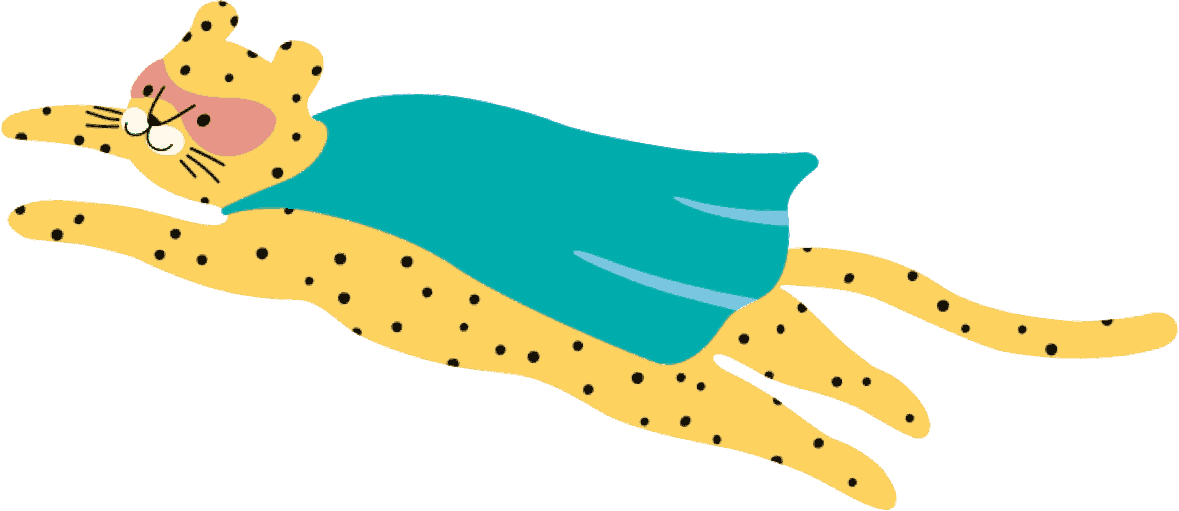How can I help improve my child’s gross motor skills and fine motor skills?
Motor skills are specific movements of the body's muscles to perform a certain task. In order to perform this skill, the body's nervous system, muscles, and brain have to all work together. Fine motor skills are the small movements of the hands, wrists, fingers, toes, lips, and tongue. Gross motor skills refer to larger movements like rolling over, sitting up, holding up their head, and eventually walking.
As a parent, you may ask yourself “is my little one’s development happening at the ‘right’ rate?” As with most aspects of physical development, every child's developmental stages are different. That said, there are general age ranges in which your child’s pediatrician will look for certain skills. You can help your child practice these skills at home, starting with ordinary daily activities, and eventually working up to more complex skills.
The easiest way to start helping your baby develop gross motor skills is to give them room to move around on the floor, or in a crib or playpen. They should start to try new movements on their own as they strengthen the muscles that allow them to lift their head and eventually pull themselves up to crawl or stand. Tummy time is another expert-recommended activity that will allow your baby to strengthen the muscles in their back, neck, and shoulders.
To practice fine motor skills, babies and toddlers can play with age-appropriate toys or blocks with different textures, shapes, and colors. You can also have your baby help you turn the pages of a book during story time, or encourage them to pick up their food on their own with their hands and eventually a fork or spoon.
Just giving your baby room to move and being patient through their trial and error is the best way for them to learn. Open-ended toys like blocks and even household items can be great tools as your child graduates through different stages of development.
If you’re looking for some easy DIY activities to try with your little one, here are a few places to get started:
- For 3-7 months: DIY Tummy Time Hoop
- For 1-3 years: Tin Foil Animal Rescue
- For 2-3 years: DIY Sensory Smash Bin
- For 3-5 years: Sidewalk Chalk Obstacle Course
- For 5+ years: DIY Ring Toss
This article has been reviewed by our team of experts.
Disclaimer: The contents of this article does not constitute medical advice. If you have concerns about any health or medical condition, diagnosis, or treatment you should consult with your pediatrician or a licensed healthcare provider.
